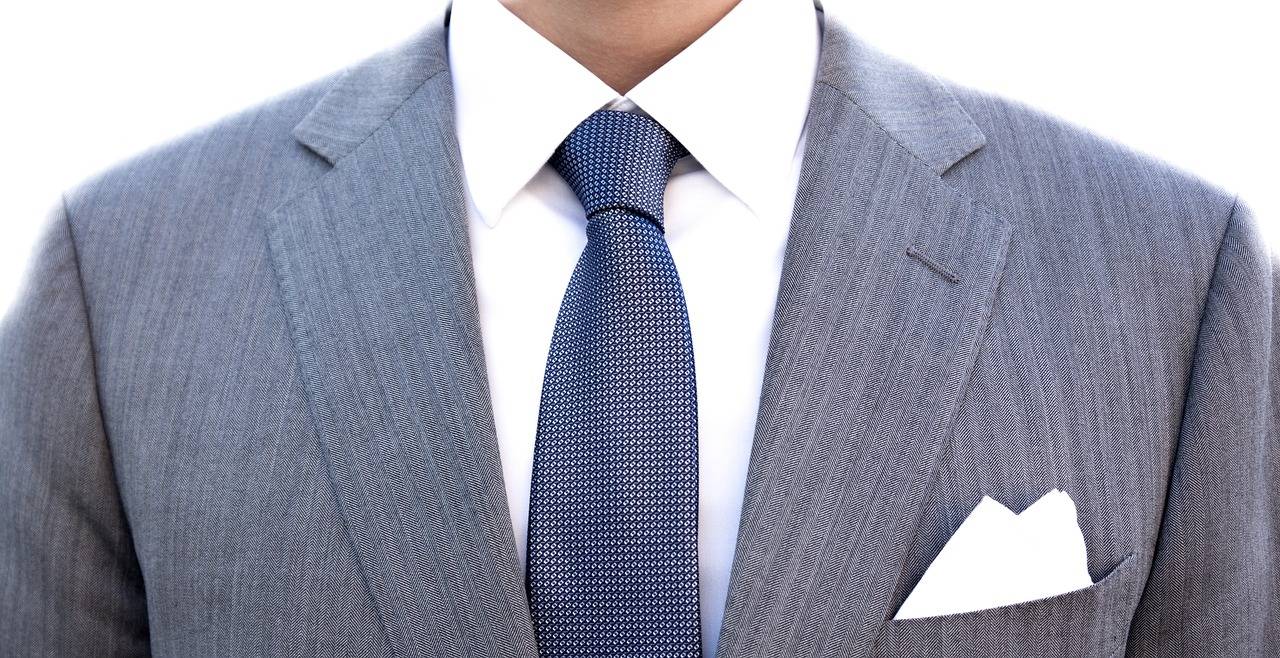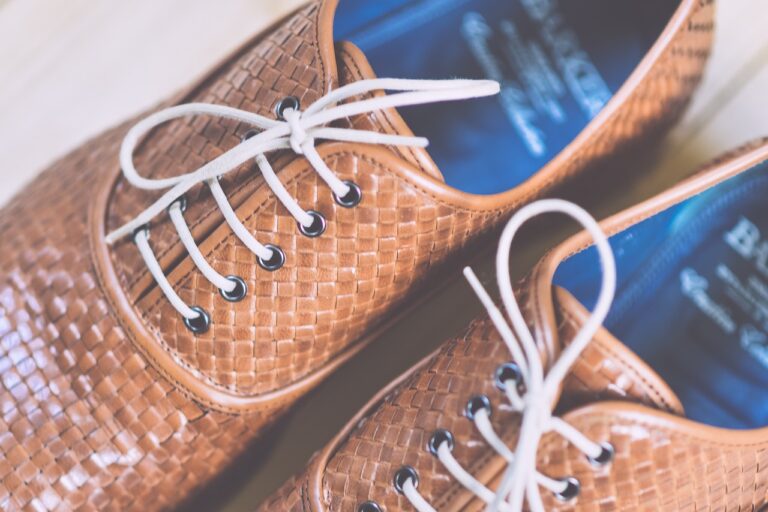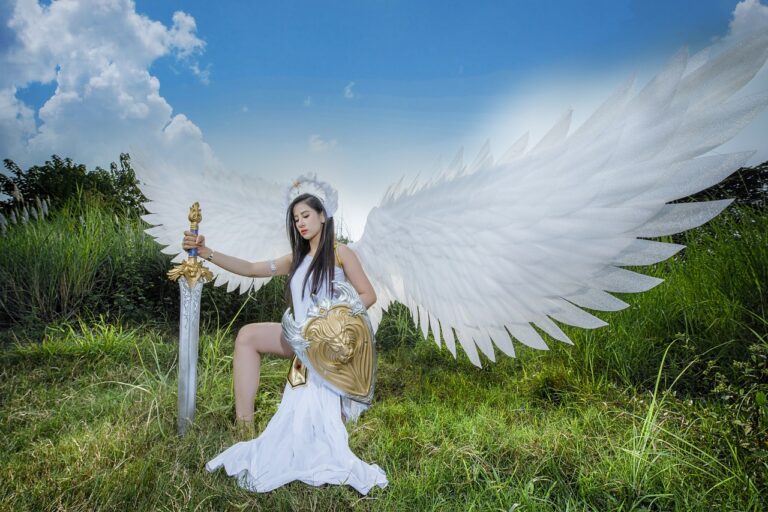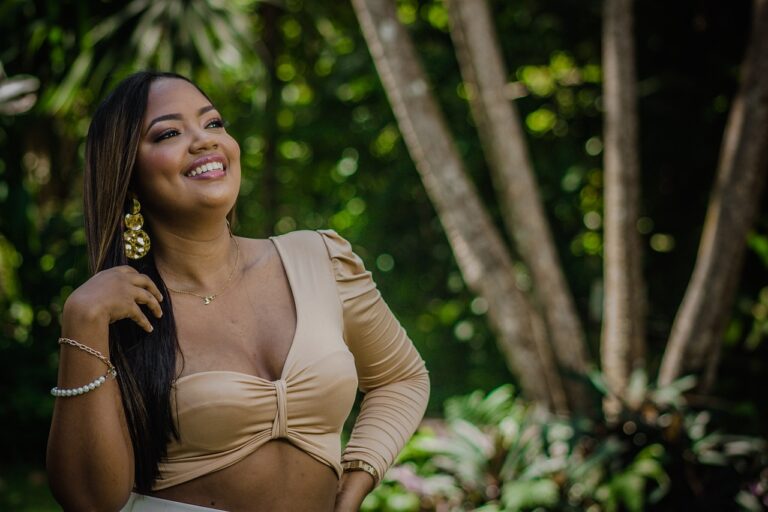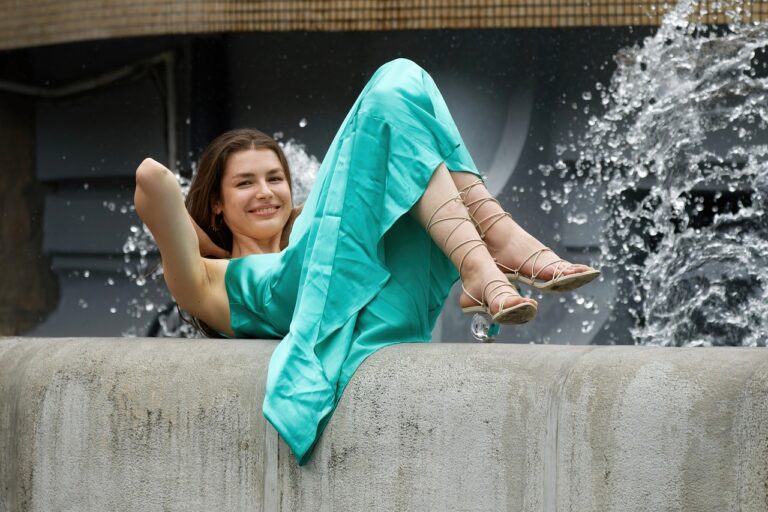Fashion and Body Image: Representation of LGBTQ+ Community in Fashion
LGBTQ+ representation in the fashion industry has a rich history that dates back decades. From the underground drag balls of the 1930s to the flamboyant styles of the 1970s and 80s, members of the LGBTQ+ community have long used fashion as a form of self-expression and defiance against societal norms. Designers like Vivienne Westwood and Jean Paul Gaultier have been celebrated for their gender-bending designs that challenge traditional notions of masculinity and femininity.
In recent years, there has been a significant increase in LGBTQ+ visibility within the fashion world, with models like Andreja Pejić and Hari Nef breaking barriers and paving the way for future generations. Fashion brands and designers are also increasingly embracing diversity and inclusivity, casting a more diverse range of models in their campaigns and runway shows. Despite progress being made, there is still much work to be done to ensure that LGBTQ+ voices are not only heard but celebrated within the industry.
Challenges Faced by LGBTQ+ Models in the Fashion Industry
LGBTQ+ models in the fashion industry often face discrimination and marginalization based on their sexual orientation and gender identity. Despite the progress made in recent years towards inclusivity, many LGBTQ+ models still encounter obstacles such as being typecast for specific roles or being overlooked for high-profile opportunities.
Moreover, the pressure to conform to traditional gender norms can also be a significant challenge for LGBTQ+ models. They may be expected to present themselves in a way that aligns with societal expectations, leading to feelings of inauthenticity and suppression of their true selves. This constant struggle to balance authenticity with industry demands can take a toll on their mental health and overall well-being.
What is the history of LGBTQ+ representation in the fashion industry?
LGBTQ+ representation in the fashion industry has been evolving over the years, with more visibility and acceptance in recent times. However, there have been challenges and barriers faced by LGBTQ+ models.
What are some of the challenges faced by LGBTQ+ models in the fashion industry?
LGBTQ+ models often face discrimination, stereotyping, and limited opportunities compared to their straight counterparts. They may also experience backlash from conservative audiences or brands.
How do LGBTQ+ models navigate these challenges in the fashion industry?
LGBTQ+ models often have to work harder to prove themselves and break stereotypes. They may find support within LGBTQ+ communities or work with inclusive brands that prioritize diversity and representation.
Are there any initiatives or movements working towards better inclusion of LGBTQ+ models in the fashion industry?
Yes, there are several initiatives and movements advocating for better representation of LGBTQ+ models in the fashion industry. These include campaigns, events, and collaborations that aim to promote diversity and inclusivity.
What can the fashion industry do to support LGBTQ+ models and improve representation?
The fashion industry can take steps to promote diversity and inclusivity by casting more LGBTQ+ models, creating safe spaces for them to work, and challenging stereotypes and discrimination. Brands can also collaborate with LGBTQ+ organizations and support LGBTQ+ causes.

